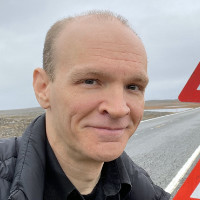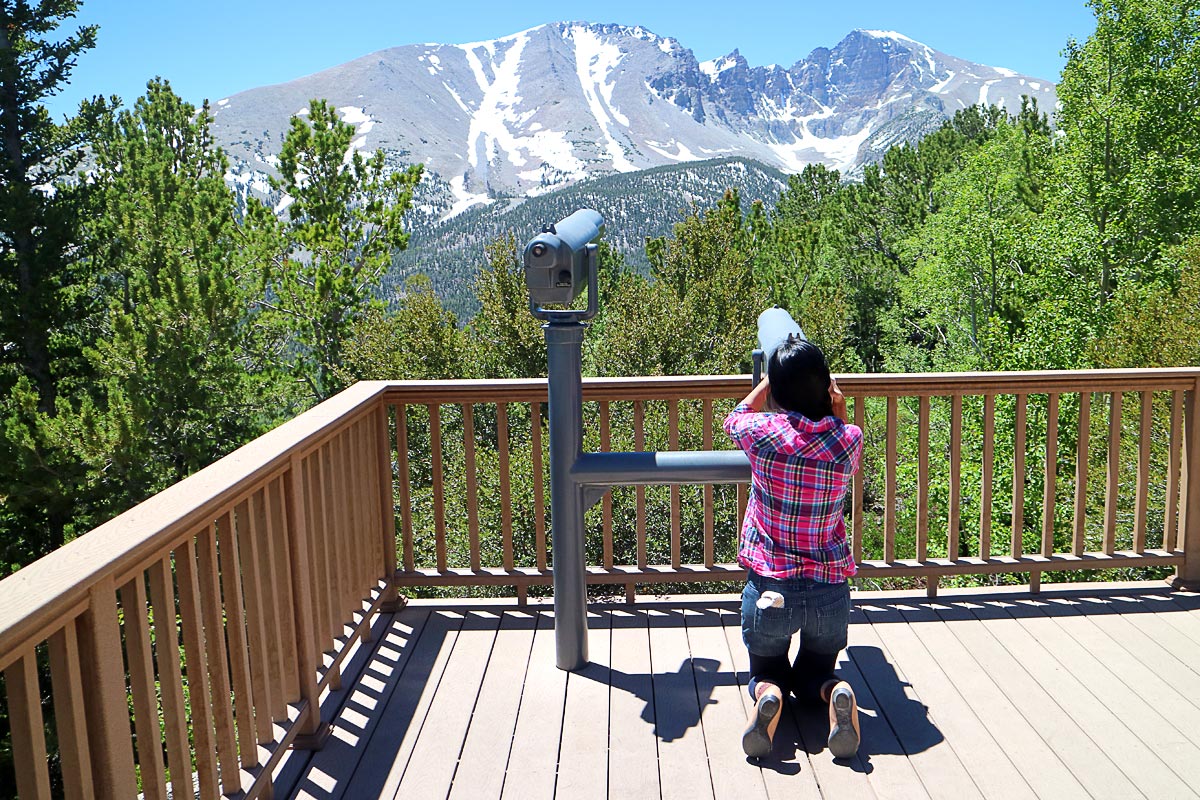
Jet stream cuts the desert sky
This is a land could eat a man alive
Say you'd leave it all behind
—R.E.M.
This road trip, on the brink of disaster a week ago, continues. Tentatively for now, but Masayo and I are indeed pushing forward, emerging in our rented Toyota Corolla from the ashes of the voyage that nearly burned to the ground in a hospital emergency room in southern Utah.
After Masayo’s second trip for urgent medical care in three days, brought on by exhaustion and dehydration, we spent the last several days at my friend’s house near Salt Lake City. We got excellent home-cooked food there, plus some mercifully uneventful time to take it easy. Masayo not only had her health restored but we even got her iPhone fixed after she dropped it into the Grand Canyon a couple weeks ago.
On the bad side, we elected to not return to southern Utah. That means three National Parks – Capital Reef, Canyonlands, and (it pains me to type this) Arches – won’t be part of this trip after all. A conspicuous blank spot on the map that will be drawn of this adventure.
But as a Type 1 diabetic world traveler, I know that you have to roll with the punches and stay flexible on a journey like this. I may shed a tear for Arches and the others, but adventure lies in every direction.
And today, that direction is west, and one of the least-visited National Parks in the continental United States: Great Basin National Park in far eastern Nevada. So long Utah; see you again under happier circumstances.
With Masayo still recovering and me being extremely reluctant to give her any more stress we had to see Great Basin simply. No hiking, no camping, no wild or even mild exertions. And changing our approach actually allowed us to interact with the Park in a way we wouldn’t have otherwise: we joined a ranger talk to see the stars in the area’s dark night skies.
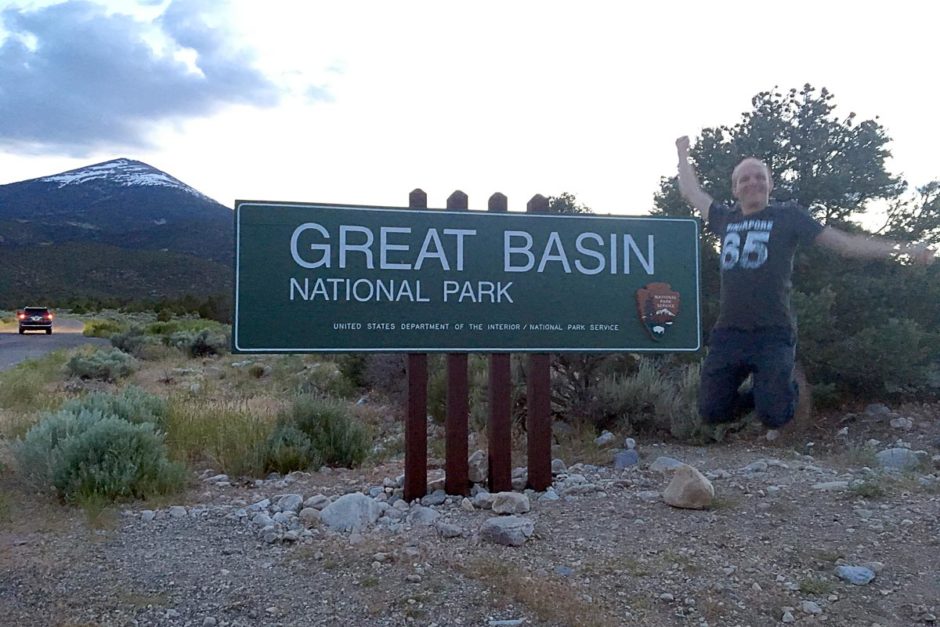
First time entering the Park, on the way to the ranger talk at dusk.
Great Basin National Park is seldom visited because it’s so remote, far down obscure highways from everywhere. That also means that there is very low light pollution and you can get a great view of the stars and even, on a good night, the murky Milky Way.
We were lucky because the night we stayed at a small motel just outside the Park boundaries there happened to be a talk given by a ranger in the parking lot of the visitor center. Around dusk we drove up the gray little two-land road, parked, and joined the crowd of about 60 or 70 people sitting on walls and gazing out over the ever-darkening expanse of Utah stretching impossibly far toward the east whence we’d come hours earlier.
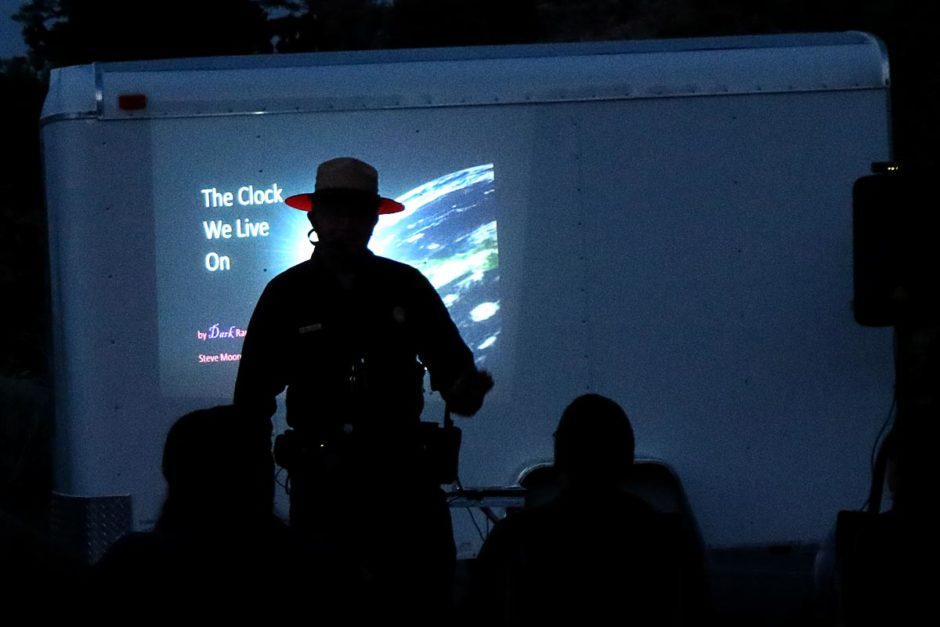
Ranger Moore, laying out the solar system for us.
The theme of tonight’s ranger talk was time: how the position of Earth, the Moon, the Sun, and other bodies have defined time in various cultures over the millennia. Why a day is 24 hours. Why a year is 365 days. Slides were projected onto the side of a white trailer. There were several kids in the audience, some of whom volunteered to stand at various spots in the parking lot to represent this or that planet, and while the talk was in some ways geared towards them it was every bit as interesting for us adults. Ranger Moore’s knowledge of the subject and enthusiasm for explaining it were infectious and genuinely illuminating, if you’ll pardon the pun.
After the lecture we all lined up to take our turns looking into a telescope. Ranger Moore lamented tonight’s bright moon that would impact the visibility but – even though we wouldn’t be able to notice the band of the Milky Way, for example – it was still engrossing. First we saw Jupiter – right up there above us. Not a photo or video, but the real thing, its actual light bouncing down to us in real time in a chilly and dark Nevada parking lot. Great Basin had given us a direct connection to the cosmos in a very literal way.
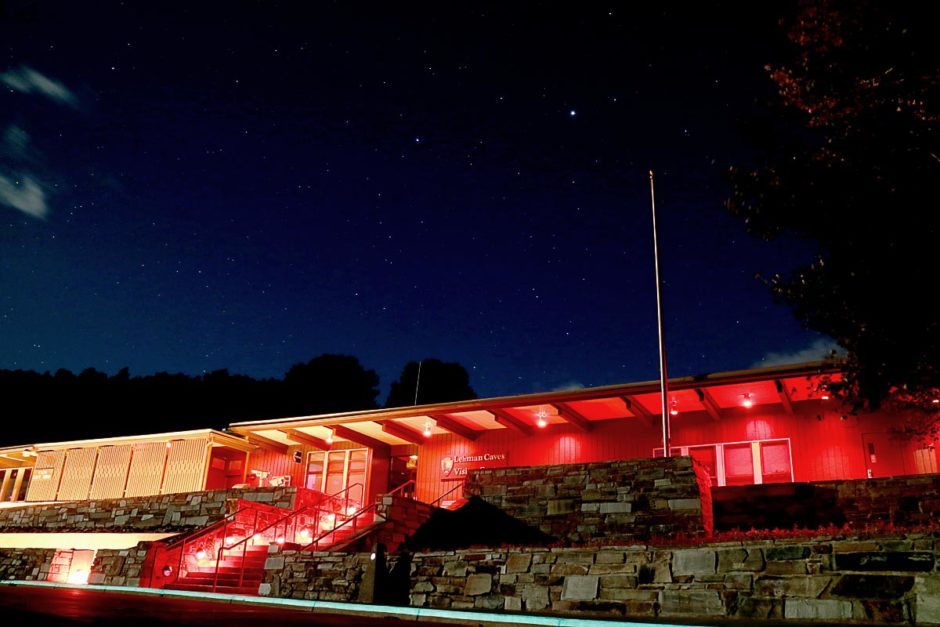
Stars over the Great Basin visitor center.
After viewing Jupiter you went back to the end of the line and when everyone had had a turn the assistants trained the telescope on the Moon. Giant craters and minute details were clearly visible. After that, it was Saturn. I’d seen this planet at a similar parking lot demonstration in Hawaii a couple of years ago and the image had stayed with me. I loved seeing it again here in Great Basin NP, its bright rings still glowing unbelievably in the mysterious portal into space that is the little eyepiece on a telescope.
Each time the telescope was pointed to a different place a few people would elect not to wait in line again and instead head home, so each time the line got shorter. By the time the telescopes were showing a distant double star there were only about 15 of us left. Those that had left missed something unexpected: the International Space Station flew by as it does periodically. Ranger Moore, watching an app on his phone, realized where it was, where it would be, and when it would come. We all waited and watched.
And right on schedule, there it was: a dot of white, just like a bright star, flying across the sky in a straight and determined arc. It took about thirty seconds to pass through the portion of sky visible between treetops from our location, but it was unmistakable. I had never seen the ISS before and didn’t even realize it was visible and shooting across the sky like that.
Viva Great Basin!
And that was enough excitement for us for the evening. Along the dark, shrub-surrounded road we descended back to the floor of the basin and our motel, full of star dreams and having enjoyed the thrill and chill of a spectacular ranger talk in the middle of Nevadan nowhere.
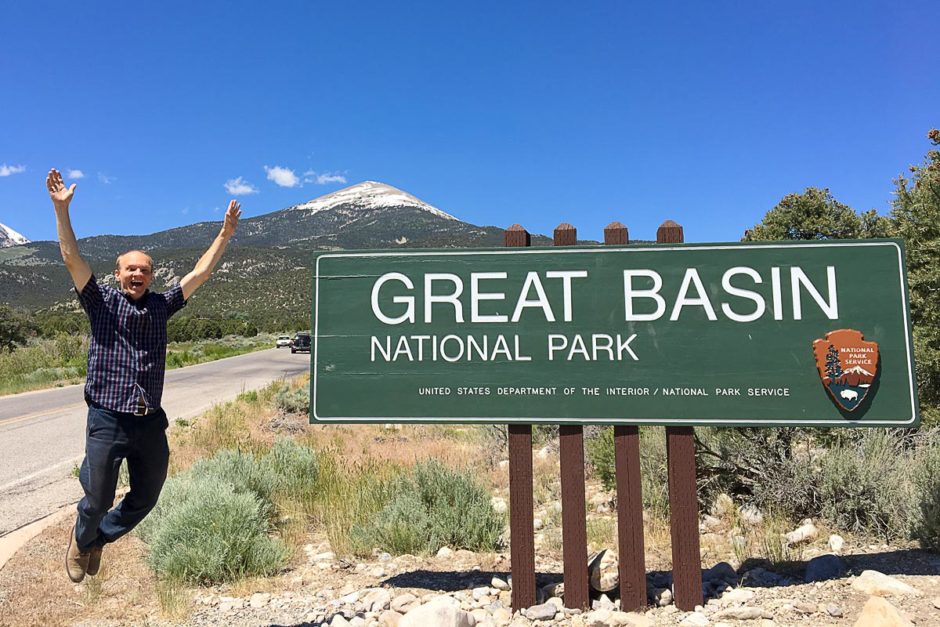
Great Basin by day!
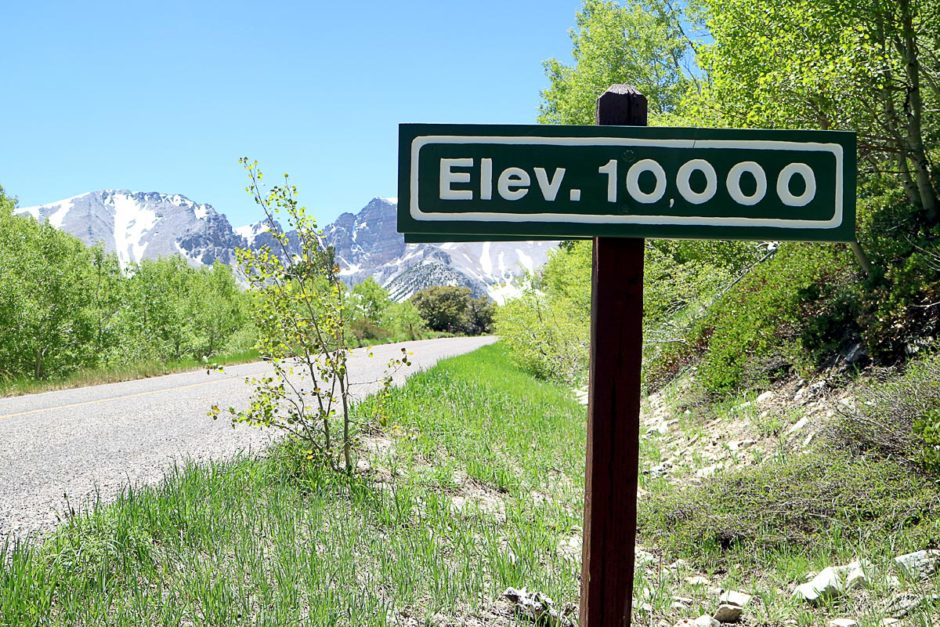

The next day we drove the length of the one road that goes through Great Basin National Park, which climbs to 10,000 feet near its high point Wheeler Peak (the apex of which is 3,000 feet higher still). In its upper elevations Great Basin has a mysterious feeling: patches of snow and chilly air amidst fir trees, with great views far below of flat and dusty desert terrain. As if these great hills just suddenly exploded up from the ground, reaching for atmospheric moisture with which to decorate their rocky slopes with unlikely lush gardens.
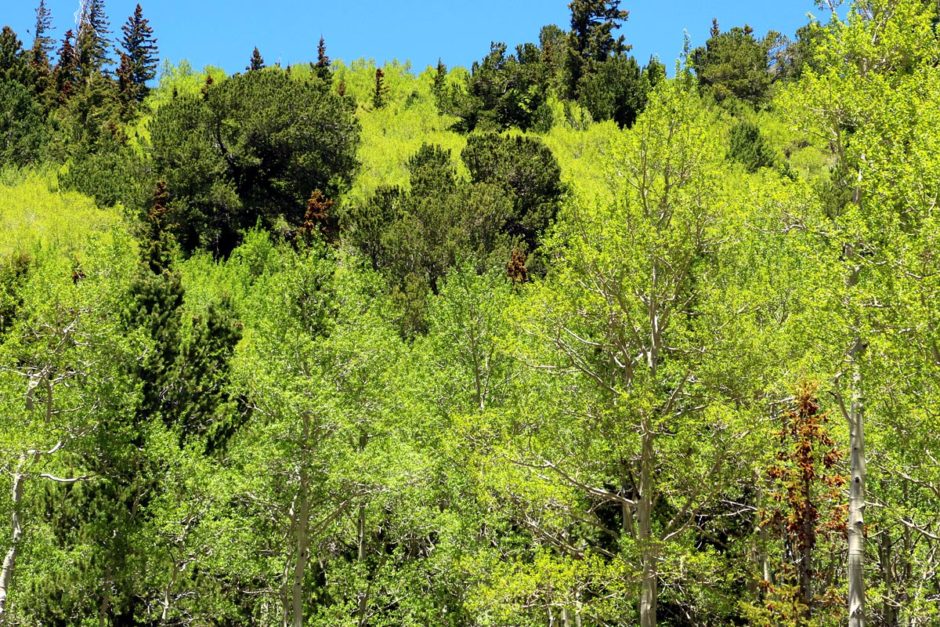
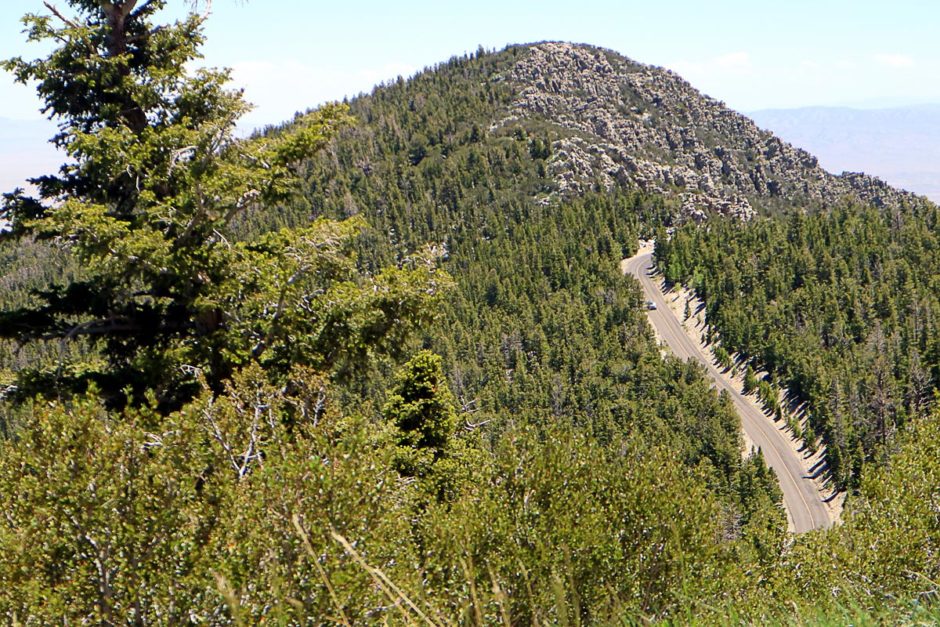
At the road’s end are the beginnings of hiking trails, which we of course weren’t going to attempt. (I was particularly nervous about Masayo even walking around the parking area at these altitudes.) But she said she was ok and we strolled around looking up at the thick green thickets, feeling the cold air from the clear blue mountain sky, and listening to the sizzle and hiss of a gorgeous alpine stream that tumbled through the grounds.
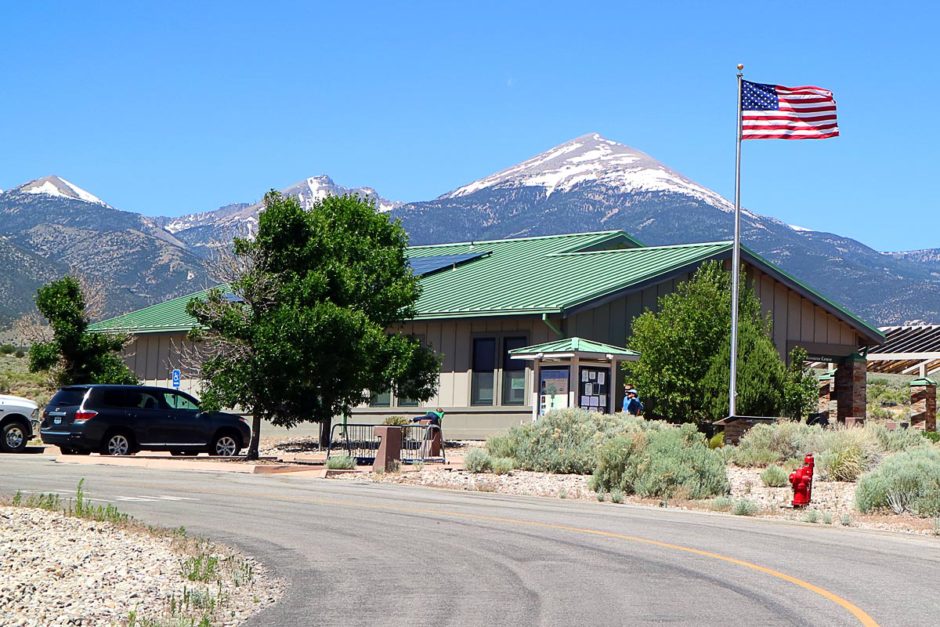
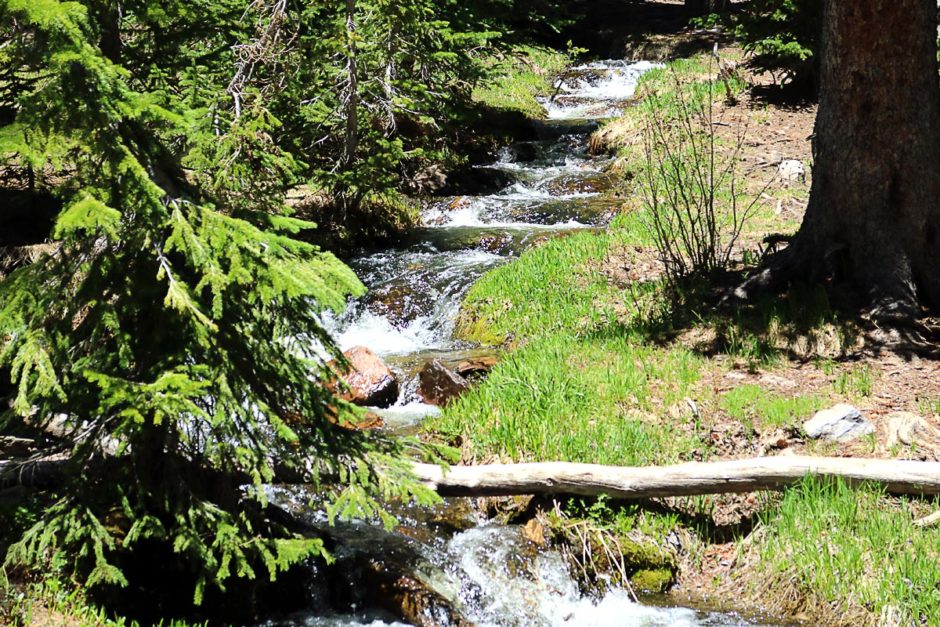
The Park may be named for the huge flatlands stretching all the way to California but inside the Park itself is another world entirely.
We got back in the car and drove slowly and contentedly the few miles back down the winding roads back to human elevations. Having to eschew the hiking trails and campgrounds for comfort and ease, we got instead a great lesson about the Earth and its place in the heavens and got to see some surprisingly lovely mountain scenery that will surely contrast to the harsh desert driving that should unfold over the next several days as we motor through the heart of wild Nevada.
Rolling with the punches: medical issues, like travel itself, require flexibility and alertness. This is how any voyage becomes a success. For now, the trip may be altered but it’s saved.
Thanks for reading. Suggested:
- Share:
- Read next: Day 68: Hot, high, and happy at the bottom of Death Valley
- News: Newsletter (posted for free on Patreon every week)
- Support: Patreon (watch extended, ad-free videos and get other perks)
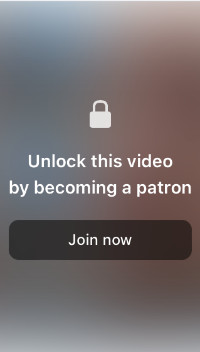
Support independent travel content
You can support my work via Patreon. Get early links to new videos, shout-outs in my videos, and other perks for as little as $1/month.
Your support helps me make more videos and bring you travels from interesting and lesser-known places. Join us! See details, perks, and support tiers at patreon.com/t1dwanderer. Thanks!
